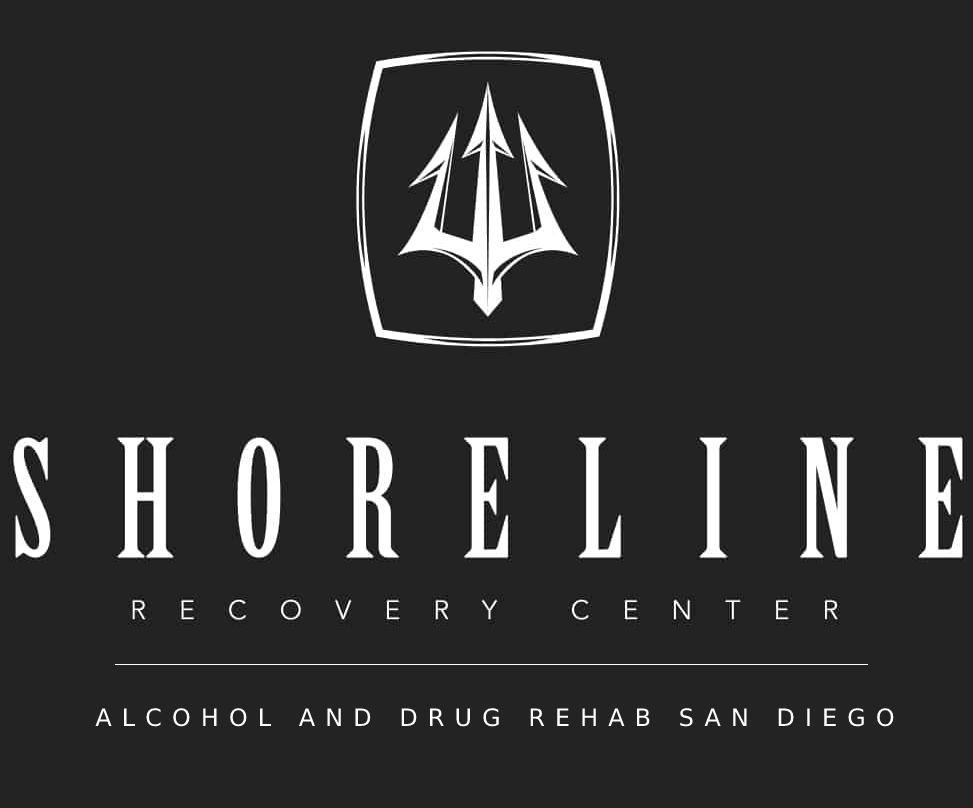The Diagnostic and Statistical Manual of Mental Disorders (DSM) is a guide used by medical professionals to define mental health disorders for diagnosis. The most recent version is the fifth edition (DSM-5), which was revised in 2013 as an update to the previous DSM-IV from 1994. One of the changes between the two editions is how professionals diagnose post-traumatic stress disorder (PTSD).
Classification of Trauma and Other Stress-Related Disorders
One of the biggest changes presented in the DSM-5 is the reclassification of PTSD as a trauma and stress-related disorder. PTSD was previously regarded as an anxiety disorder because many of its symptoms involve a person’s emotional reaction to fear. However, the DSM-5 suggests that the involvement of other necessary symptoms for the diagnosis of PTSD puts it in the category of trauma and stress-related disorders. Most notably, one of the necessary symptoms for someone to be diagnosed with PTSD is exposure to trauma. Trauma and stress-related disorders usually refer to disorders that are caused by trauma, such as childhood trauma or a stressful event. This category includes the following:
- Adjustment Disorder: The experience of negative feelings surrounding a stressful event that is considered excessive and unhealthy and lasts for more than three months.
- Reactive Attachment Disorder (RAD): When a child develops an unhealthy emotional attachment with their primary caregiver often caused by neglect or abuse from the primary caregiver. This causes the person to have difficulties letting people into their life.
- Disinhibited Social Engagement Disorder (DSED): This also involves childhood trauma and neglect. It results in an extreme desire for attention causing the person to misunderstand boundaries, be overly trusting of strangers, and struggle with close relationships.
- Acute Stress Disorder: When a person is exposed to a traumatic event that causes feelings of stress or fear of dangerous situations even when danger does not present itself. Symptoms often last more than a month.
- Post Traumatic Stress Disorder (PTSD): When a person experiences a traumatic event that causes symptoms of flashbacks, nightmares, frightening thoughts, avoiding events and places that may remind the person of the experience, and avoiding thoughts or feelings related to the trauma.
Unlike other DSM categories, these disorders, along with PTSD, are categorized by the cause of the symptoms, rather than the type of symptoms that a person may experience. A person will not be diagnosed with PTSD if he or she experiences PTSD-like symptoms but has not been exposed to a traumatic event.
Redefining Trauma
Since trauma and exposure to trauma are essential for diagnosing PTSD and any trauma stress-related disorder, it’s important to understand what classifies as trauma and trauma exposure. According to the National Institute of Mental Health (NIMH), a traumatic event is defined in the DSM-5 as “actual or threatened death, serious injury, or sexual violence.” The DSM-5 changed the classification of trauma to be more specific and disclude events that lead to a “threat of physical integrity”. Traumatic events also do not include stressful psychologically damaging events that do not involve an immediate threat to the person’s life or a physical injury. This may include a person losing their job or filing for divorce. In the DSM-IV, a traumatic event included any situation where there was a personal response of “intense fear or hopelessness”. However, this description lacked specificity, broadening the criteria for diagnosing PTSD.
Redefining Exposure to Trauma
The DSM-5 also redefined exposure to trauma. While the DSM-5 kept the three types of exposure that were used in the DSM-4, different language is used in the description to better clarify the criteria for exposure to trauma. The original three types of criteria are: personal trauma by direct experience of a traumatic event, witnessing a traumatic event, or indirect trauma which involves exposure to trauma through a loved one who experienced a traumatic event. The DSM-V also added a fourth type of exposure which includes repeated or extreme exposure to trauma. This includes workers who consistently encounter traumatic events, such as military personnel or child abuse investigators. However, the DSM-5 specifies that trauma witnessed through television or other media does not count as exposure to trauma.
Controversy About Switching Categories
Some experts disagree with the decision to place PTSD with trauma and stress-related disorders. These people believe that there isn’t enough evidence to classify PTSD as a trauma and stress-related disorder and that taking PTSD out of the anxiety disorder category will result in difficulty treating and diagnosing PTSD. Some argue that fear is essential for PTSD, which is the leading characteristic that defines mental illnesses as anxiety disorders. In addition, many treatments for PTSD overlap with treatment for anxiety disorders, such as exposure therapy.
Even with the new changes in the DSM-5, anyone experiencing PTSD-like symptoms should explore treatment options. Exposure to trauma can cause dysfunction in your life and lead to unhealthy habits such as substance use. The sooner you begin treatment, the easier the process will be. Shoreline Recovery Center believes in creating individualized treatment plans that are tailored to each client’s specific needs.
Our caring and experienced staff understand that everyone processes trauma differently. Regardless of fitting in the DSM-5 definition of PTSD, our professionals are dedicated to helping you meet your treatment goals and are sensitive to how you may have directly or indirectly experienced trauma. They will explore how traumatic events may be affecting you and give you the tools to reshape the way that you think of that event. If you or a loved one is suffering from PTSD or PTSD-like symptoms, please call us at (866) 278-8495 to learn more about our programs.






